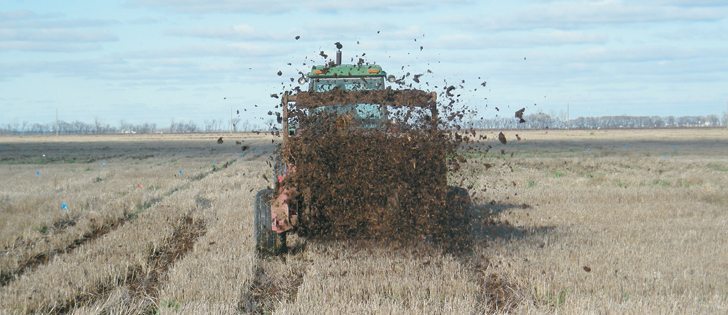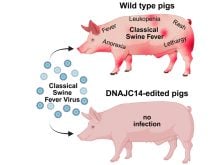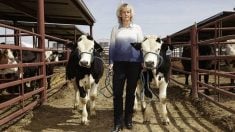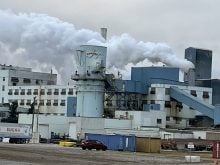Increased straw content in manure slows the release of nutrients, says University of Manitoba professor
Manitoba’s provincial guidelines for estimating the availability of nitrogen from solid pig and dairy manures are crap, says a soil expert.
“Those formulas are way off,” said Don Flaten, a soil science professor at the University of Manitoba.
“They overestimate the amount of nitrogen that these manures provide over the short term.”
His comments are based on the findings of an eight-year study at the university’s Glenlea Research Station, a few kilometres south of Winnipeg.
Liquid pig manure, solid dairy manure and solid pig manure were applied either on an annual basis or intermittent basis in a variety of annual and perennial crop rotations.
Read Also

Organic farmers urged to make better use of trade deals
Organic growers should be singing CUSMA’s praises, according to the Canadian Chamber of Commerce.
Crop producers in Manitoba have been using a formula that says they will get 100 percent of the ammonia nitrogen and 25 percent of the organic nitrogen contained in the manure.
That may be the case with liquid manure, but it isn’t with solid manure. The research showed that only five to seven percent of organic nitrogen is released in the year following application.
It takes several years before the organic nitrogen is fully available. In addition, the decomposition process ties up some of the ammonium nitrogen.
Flaten said the guidelines were adopted from research conducted in southern Ontario. He suspects they do not translate to Manitoba because there is a lot more straw in Manitoba’s manure, which slows the decomposition process.
“The solid manures are releasing their nutrients much more slowly than we expected,” he said.
The good news is that slow releasing nitrogen eventually builds up in the soil.
“Now that the experiment is going into its eighth year, we’re actually starting to see substantial nitrogen release,” said Flaten.
The phosphorus story had opposite results.
“The potential to overload our soils with phosphorus is substantial, even though we’re undersupplying nitrogen,” he said.
“We expected that to happen to some degree but not to the extent we observed.”
Phosphorus levels “shot up dramatically” in soil tests to the point that the university would be in violation of the province’s phosphorus regulations if it didn’t have a special permit.
Soil in the continuous solid manure plots had 10 times more phosphorus than the synthetic fertilizer plots.
Flaten and his colleagues are developing new guidelines for growers based on the findings of the long-term study and other research.
In the meantime, he thinks growers should consider putting on a blend of synthetic fertilizer and solid manure to boost nitrogen levels.
They should also contemplate intermittent rather than annual application of solid manure.
“If you really wanted to rely on the solid manure as a nitrogen source, you would be grossly over-applying the amount of phosphorus,” he said.
Flaten said the findings of the Manitoba study should not be applied prairie-wide. Solid manure in southern Alberta may contain less straw because of milder winters, so it might not have as much difficulty decomposing.
Liquid manure is the largest component in pig waste, but solid manure is prevalent in the dairy sector, especially for smaller operations.
Contact sean.pratt@producer.com
















